


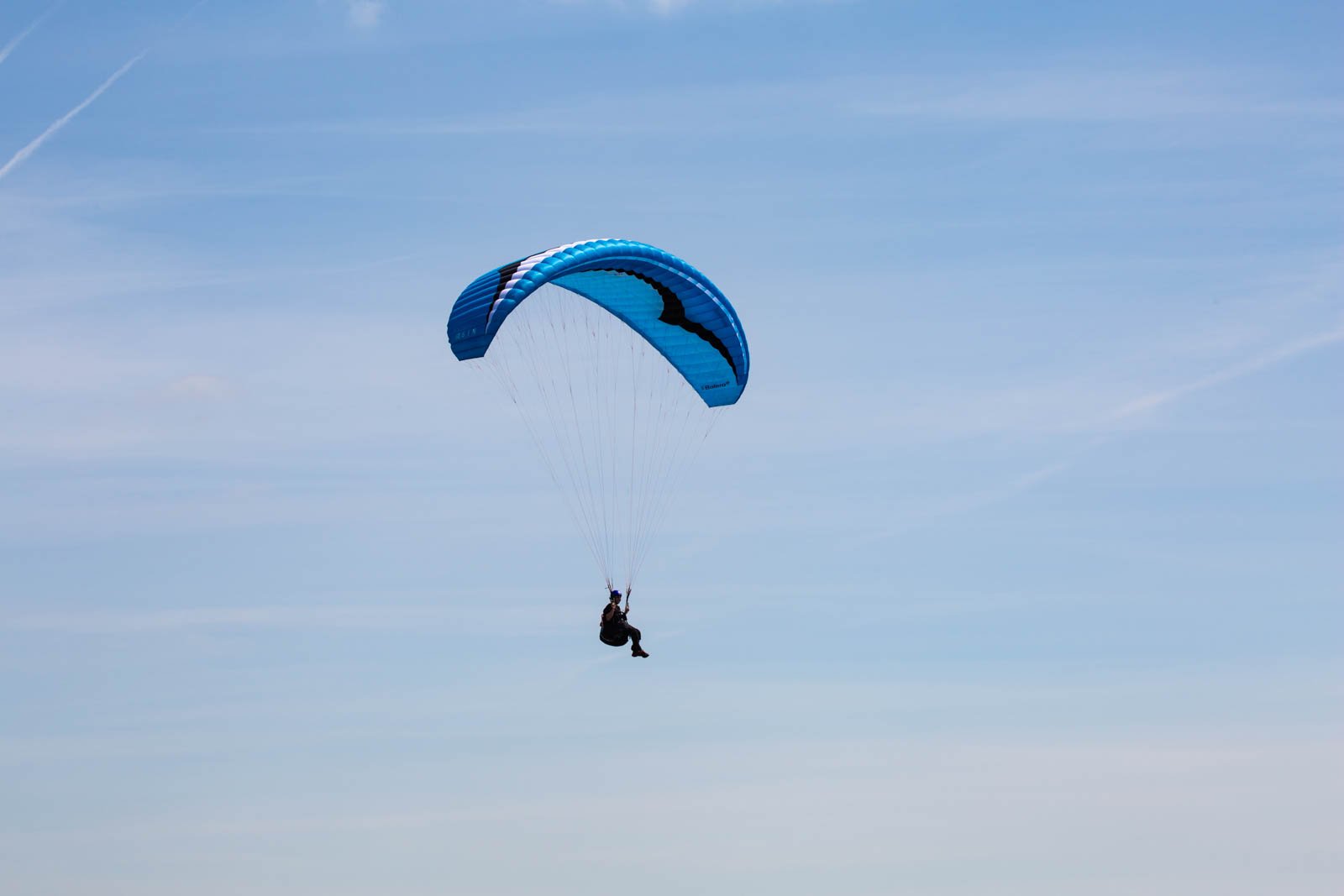





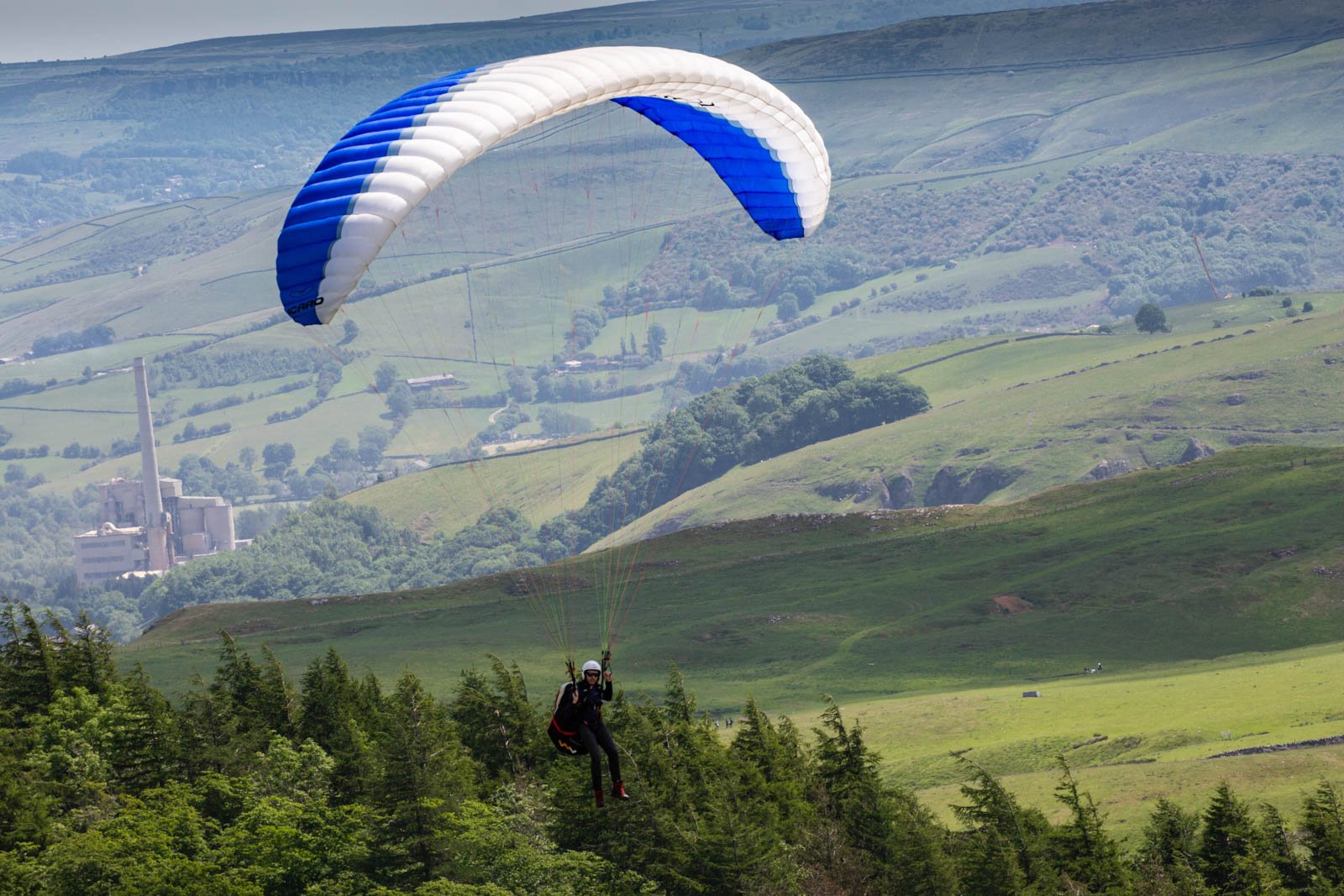
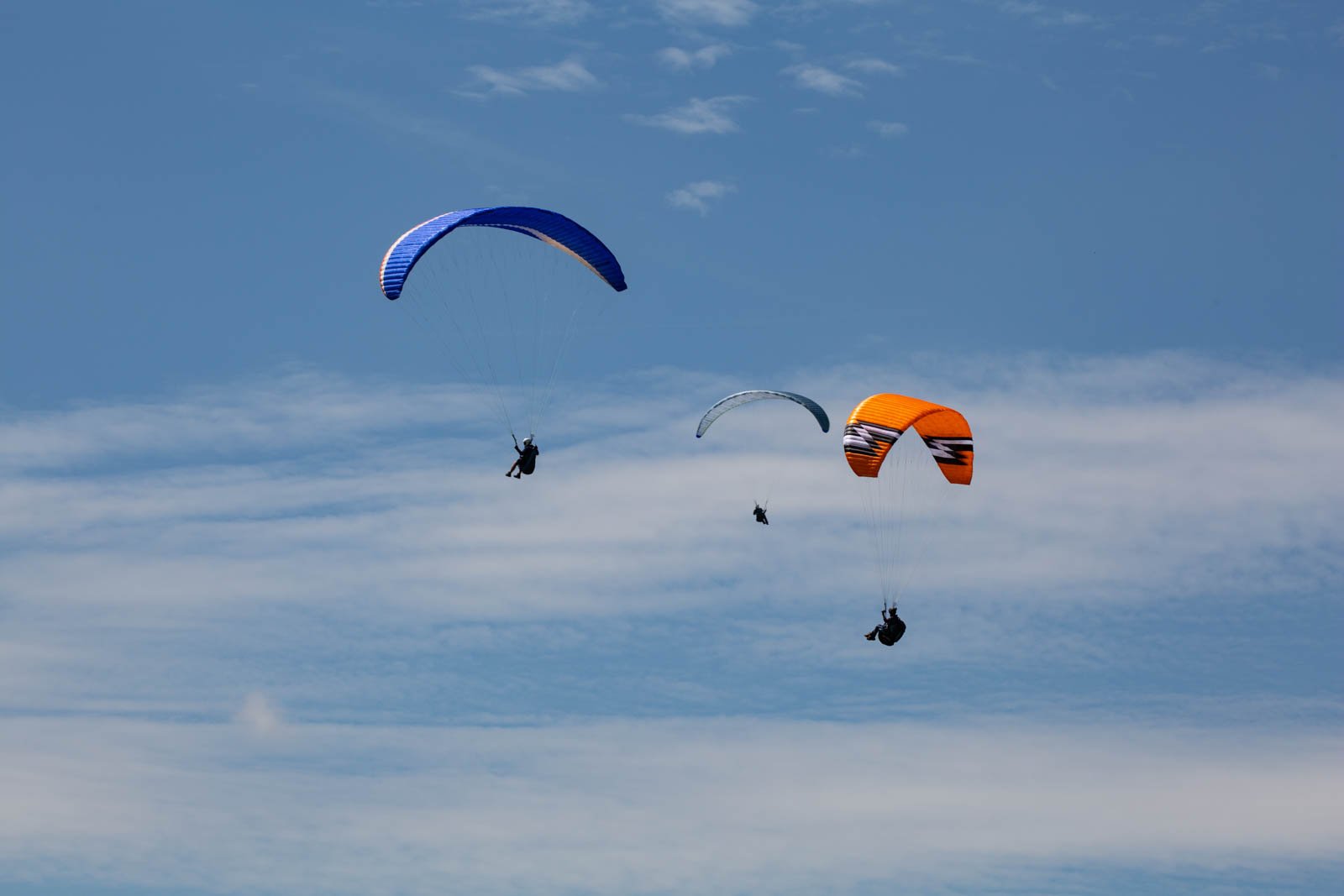
PEAK AIRSPORTS CLOTHING & EQUIPMENT

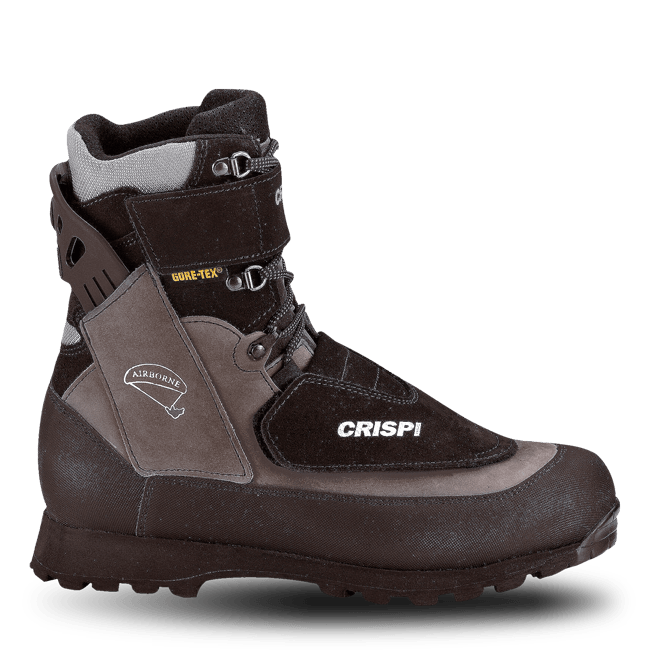
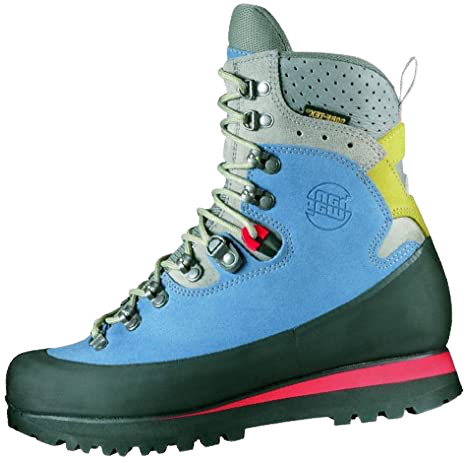
What Clothing?
When considering footwear many pilots go for purpose built flying boots such as those pictured above.
These tend to be rugged, supportive and importantly, do not have any lace hooks to catch in paraglider lines. Hanwag & Crispi (pictured) are popular makes.
Some pilots prefer to have a flying suit such as those in the images. This is completely a personal choice and not actually necessary but you can discuss this with your instructor if you are interested. Other types of clothing are also pictured, these from Gin & Niviuk.
These are things that can be discussed with your instructor.



Guide
We have simplified this guide to give you an idea of what would be useful to get you through your training but also give some basic information on what alternatives may be available along with some links.
For example, it is very unlikely that you will need a flight instrument of any sort during training but you may want to see what is available for progression and also what may be suitable for your intended flying area/interest.

There is a lot of discussion in free-flying circles around the type of clothing to be worn and, as you might imagine, how that may change with such things as seasons, weather and even the altitudes that you may find yourself flying at.
In addition, there are a whole host of possibilities as to the type of equipment you may need/want when you are qualified. Therefore we strongly suggest chatting to Mark to see what may suit your needs and experience level.

We have included some of the equipment that we stock or can quickly access from our world-famous suppliers on our 'Shop' page.
Please feel free to browse the shop and get in touch if you have any questions.
Equipment Choices
The flying equipment used for initial training (EPC) such as glider and harness are provided for you.
You will need to purchase your own glider and harness for completion of your CPC and you can decide how you wish to do this.
It would be wise to discuss this process with your instructor as the choices available are extensive and you will also want to tailor these to your ability and intended use.

We have included information on suitable first paragliders and harnesses on our shop page; please feel free to browse and get in touch if you have any queries.
Flight Instruments
Many pilots will buy a flight instrument of some sort. There are different schools of thought on this as some people say it is better to get a ‘feel’ for the flying before you buy an instrument.
Whatever your view, there are a multitude of instruments available and they need to be suited to your intended use and your experience level so discussing options with your instructor would be a good plan.
Many pilots will buy a flight instrument of some sort. There are different schools of thought on this as some people say it is better to get a ‘feel’ for the flying before you buy an instrument.
Whatever your view, there are a multitude of instruments available and they need to be suited to your intended use and your experience level so discussing options with your instructor would be a good plan.
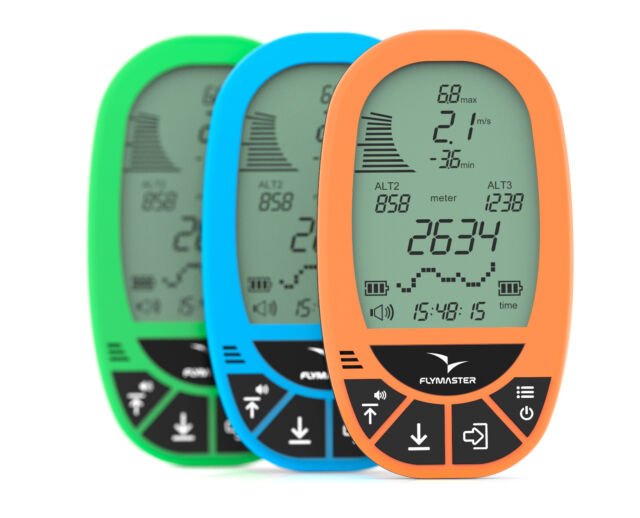
The Flymaster LS is a good entry level instrument
And Finally!
The best advice that we can give is that already mentioned - Speak to Mark and/or experienced pilots before buying any paragliding equipment.
It may save you a large amount of money in the long run!
The best advice that we can give is that already mentioned - Speak to Mark and/or experienced pilots before buying any paragliding equipment.
It may save you a large amount of money in the long run!

Peak Airsports
